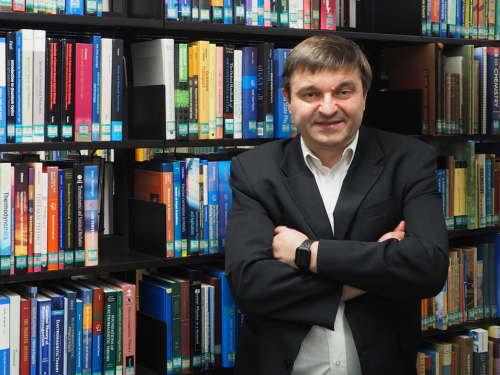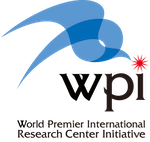Hiroshima University’s WPI-SKCM² director named AAAS Fellow
Physicist Ivan Smalyukh, director of Hiroshima University’s International Institute for Sustainability with Knotted Chiral Meta Matter, is among the 471 new fellows of the American Association for the Advancement of Science.
Physicist Ivan Smalyukh, director of Hiroshima University’s International Institute for Sustainability with Knotted Chiral Meta Matter (WPI-SKCM²), has been named a 2024 Fellow of the American Association for the Advancement of Science (AAAS), one of the world’s largest general scientific societies and publisher of the Science family of journals.
AAAS fellows are recognized for “their achievements across disciplines, from research, teaching and technology to administration in academia, industry and government to excellence in communicating and interpreting science to the public.” This year’s class, announced on March 27, includes 471 scientists, engineers, and innovators across 24 disciplinary sections.
Since its launch in 2022, Smalyukh—also a professor of physics at the University of Colorado Boulder—has been leading WPI-SKCM², where researchers combine mathematical knot theory, chirality, and a vision for a more sustainable future to explore nature’s inner workings, create new materials, advance medical treatments, and address pressing global challenges. His research spans a wide range of topics, including liquid crystals, magnets, colloids, metamaterials, bacterial biofilms, knot topology, chirality, photonics, renewable energy, and the development of new characterization techniques.
He has also been named a fellow of the American Physical Society (APS), the International Society for Optics and Photonics (SPIE), and Optica (formerly OSA), and has won many awards, such as the NASA iTech Award and the Presidential Early Career Award from the Office of Science and Technology of the U.S. White House.
Also read: SKCM²’s mission to knot and knit a sustainable world
Smalyukh said he is honored by the selection: “Throughout the years, I especially enjoyed multidisciplinary fusion research and fruitful collaborations with scientists from SKCM² at Hiroshima University and all over the world, especially young researchers like students and postdocs.”
This news item is republished with permission from Hiroshima University. The original article was published on April 15, 2025, and can be accessed here.



